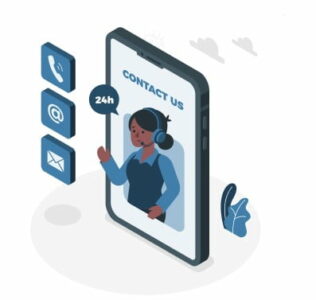Eyelid and Tear Duct Surgery
Eyelid and Tear Duct Surgery
Eye puffiness or swelling around and below the eye usually indicates an excessive accumulation of fluid in the surrounding skin tissue. Eye inflammation in children may be due to a blockage of the tear duct, and eye swelling in adults is a result of aging and the formation of fatty bags under the eyelids. Eye inflammation and drooping eyelids may affect one eye or both.
Whatever the cause, and due to the thinning of the skin around the eyes, blepharitis is so annoying and obvious that it affects vision.
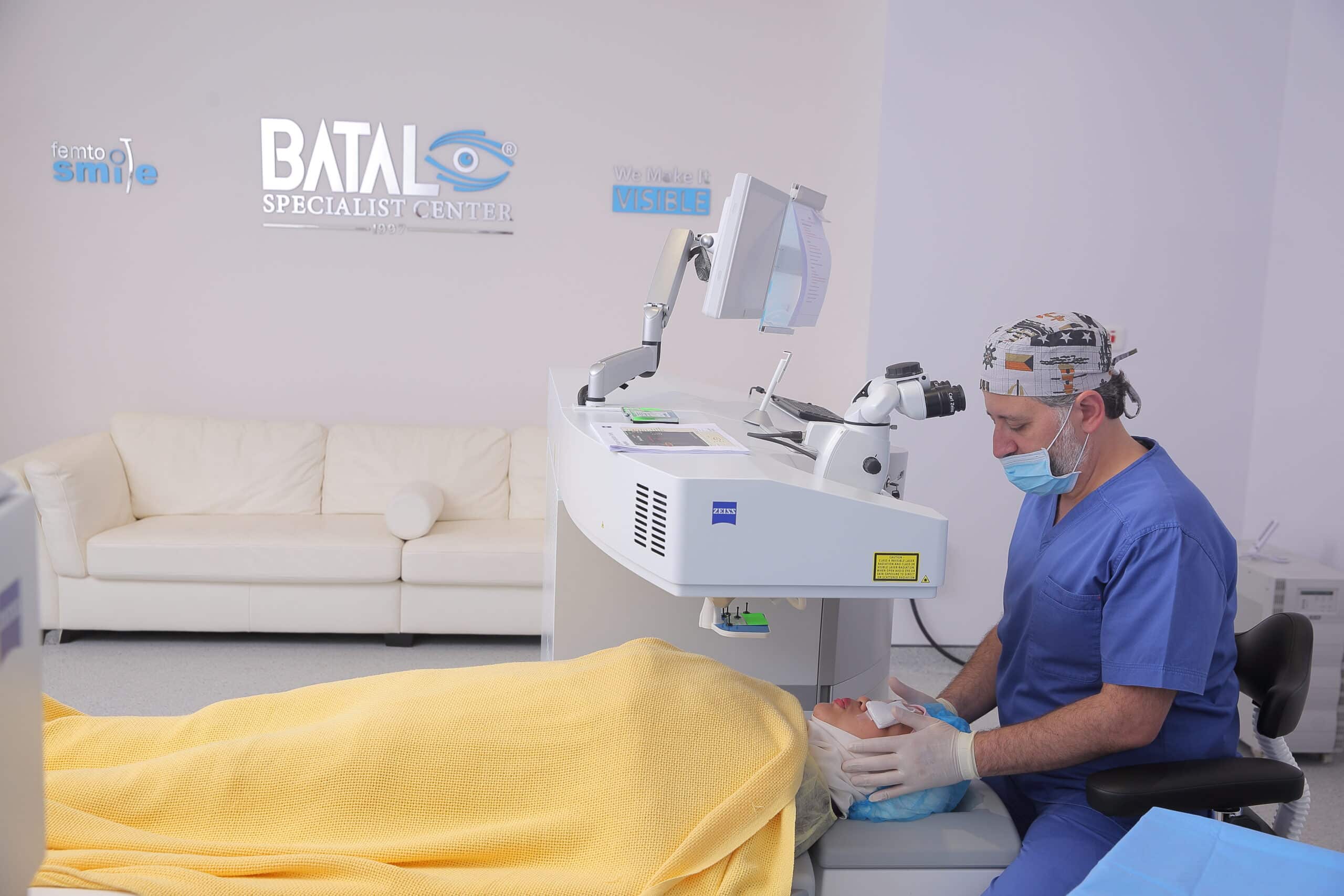
How do we treat eye swelling at Batal Specialist Center
We focus on doing a full examination of your condition from the moment you connect, allowing you to sleep easy knowing that we will never resort to generic approaches or off-the-shelf creams if something more in-depth is needed.
Eye swelling, does it affect adults only?
Although it is common in the elderly due to natural changes in the skin and skin, it may appear as a congenital defect in children after birth. With adults, people often complain of eyelid swelling only without being accompanied by other health complaints, but it may also be associated with other diseases such as macular degeneration, tumors, and infection.
What is eyelid surgery?
Eyelid surgery is a cosmetic surgery procedure to improve the appearance of the upper or lower eyelids and treat visible signs of aging affecting the eyes and the skin around the eyes, including drooping eyelids and fatty deposits that make the eyes look puffy and saggy, or puffiness and wrinkles under the eyes.
An eyelid lift tightens the skin and muscles of the eyelids, reduces excess fat, and lifts the eyelid skin to make the eyes appear more open. There are a few types of eyelid surgery available depending on the areas you wish to treat. Patients can choose lower eyelid surgery, upper eyelid surgery, or both.
Upper eyelid surgery uses incisions to remove skin and fat, then a thin stitch is used to bring the skin together to create a crease in the eyelid. During lower eyelid surgery, the ophthalmologist will make incisions in the lower eyelid, then remove excess skin and fat, then sew the skin back together to create a smoother, more lifted appearance.
Eyelid surgery
As much as eyelid surgery may appear to treat swollen eyelids, it is a curative and even preventive procedure for other future diseases such as amblyopia or permanent vision impairment. In addition to the uncomfortable appearance, patients always complained to us of blurred vision, even saying that they sometimes raised their heads back or had to raise the eyelid with their finger to be able to see.
Before removing the eyelid polyps at Batal Medical Complex, the patient undergoes a clinical examination and the doctor requests him to perform blood tests, x-rays computed tomography, and magnetic resonance imaging of the brain. The treatment of ptosis depends on the patient’s age, the cause of the puffy eye or eyelid swelling, the degree of the drooping eyelid, and whether there are other abnormalities inside the eye.
In Batal, we perform a blepharoplasty by making incisions between the lines of wrinkles in the upper and lower eyelids so that they are not visible after the procedure.
Upper eyelid
The operation on the upper eyelid takes from one to two hours, and there will be very fine surgical stitches that will come to us after 4 days to remove, after removing the stitches, there will be a permanently invisible scar and swelling after the operation will be normal and will go away after a few days, and the recovery time is from 7 to 10 days.
Lower eyelid lift
The lower eyelid lift operation is slightly more complicated than the upper eyelid lift, so it is preferable to perform it under general anesthesia. After the operation, there will be a very small scar that is not visible only if there is excess skin that must be removed, but if there is no excess skin, the operation will be done by removing the lower eyelid from the eyeball and removing the fatty bags from the inside without any external wounds or incisions within 30 minutes. one minute. Recovery from the process takes a little longer, up to two weeks, before returning to normal activity.
What does eyelid surgery involve?
Eyelid surgery takes up to two hours depending on the exact procedure you undergo and can be performed under local anesthesia as a daytime procedure or under general anesthesia which usually requires an overnight stay. Upper eyelid surgery is usually performed under local anesthesia.
The plastic surgeon will make incisions that follow the natural lines of your eyelids. For upper eyelid surgery, this will be in the creases of the upper eyelid. For lower eyelid surgery, just below your lower eyelashes, these incisions will extend to the corner of your eyes. Through these incisions, the surgeon will remove sagging muscles, excess fat, and excess skin. around your eyes.
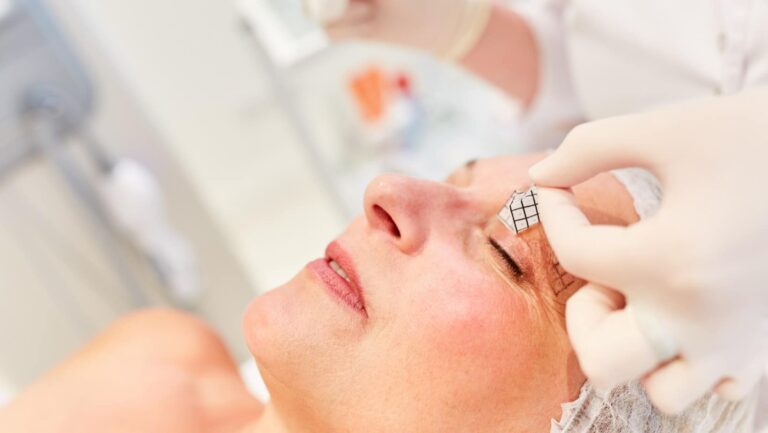
What are the benefits of eyelid surgery?
Benefits of eyelid surgery include:
1-Improved, fresher, younger looking eyes.
2-Correction of premature aging of the eyes.
3-Improved vision in case of weak eyelids.
4-Increased self-confidence.
5-Easier makeup application.
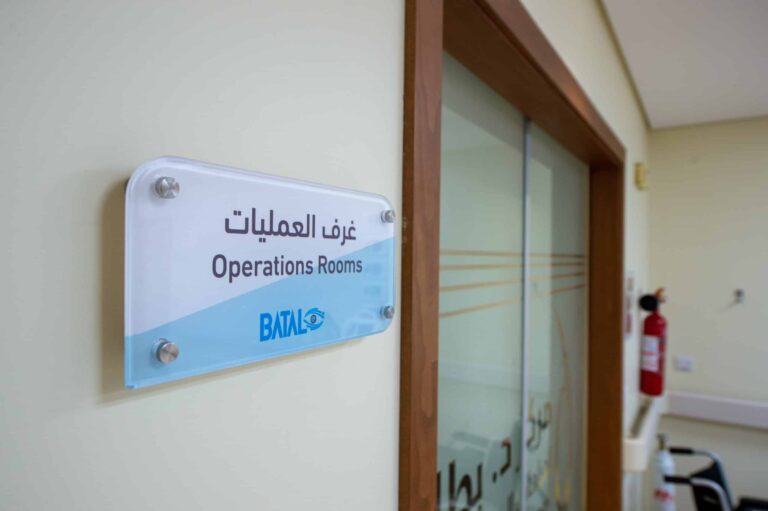
The recovery period after eyelid surgery
Depending on your procedure, you may go home the same day or stay in the hospital overnight. If you do go home, you must not drive for at least 24 hours, and an adult must stay with you overnight.
You may need painkillers to keep you comfortable. Your eyelids may bleed a little for a day or two after the operation. This can be gently wiped. Activities that increase blood flow to your face such as straining, bending, and lifting should be avoided for several weeks.
You may have watery eyes for a few weeks after eyelid surgery due to swelling under the conjunctiva and swelling of the tear ducts that do not drain properly. Eye drops may help, or you can gently clean your eyes with wet gauze.
Your eyelids may look and feel tight when closed. This is due to swelling and skin removal. It will subside as the swelling decreases. You should sleep with extra pillows to make it easier to keep your head elevated and to help reduce swelling. The stitches will be removed after three to five days.
You can do light activities after a week or two You can then increase your activity levels You should not drive until you feel comfortable and safe to do so You can return to work after two weeks. The swelling around your eyes may take a few weeks to settle and you may wait longer for results to appear Final eyelid surgery.
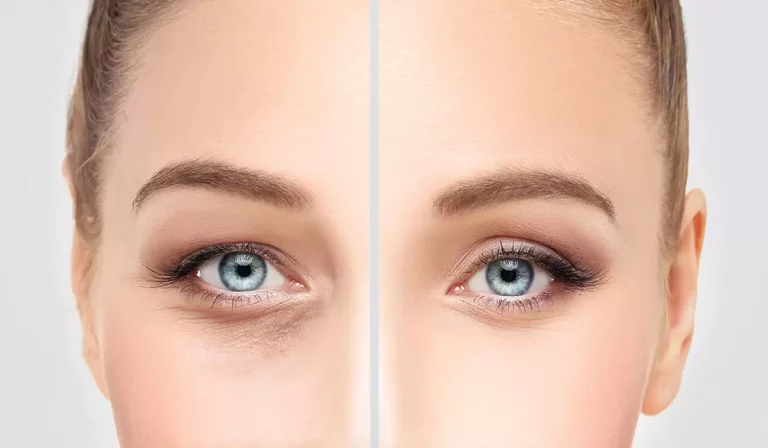
Laser eyelid surgery
Eyelid surgery can be performed exclusively with laser. In this case, a carbon dioxide laser can be used to make the first skin incision traditionally made with a scalpel during a conventional procedure.
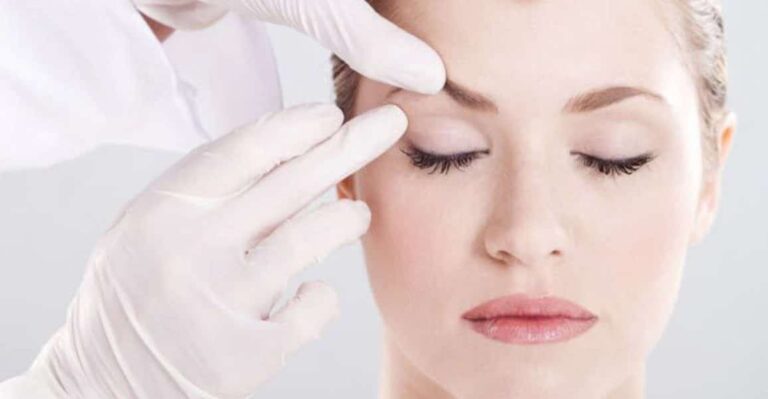
Aftercare considerations
- You need to rest with the head elevated above body level during sleep for the 48 hours following eyelid surgery.
- Using ice a lot helps reduce swelling.
- You will be able to wear glasses after 24 hours of the operation, while you will need a week before wearing contact lenses.
- Light daily activities can be resumed from the third day, avoiding strenuous and strenuous activities, water, and sun.
- You may notice eye inflammation or some swelling and bruising on the first and second days, and these symptoms will last for one to two weeks.
- It is possible to return to work if you are not tired after a week of the operation.
- You can gradually resume all normal activities, including sports, starting from the third week.
- Signs of success will appear after approximately 3 weeks, but the final satisfactory result will appear after approximately 6 months.
- The results of the operation are very satisfactory in general, and it is a comprehensive improvement of the area around the eyes and face.
- Eye shape or outlook may change after eyelid surgery (canthoplasty).
- We recommend avoiding exposing the eyes to the sun for a period of 6-12 months so that the scars do not appear in the place of surgery more, but it is possible to use sunglasses or sunscreen creams after a month of the operation.
- Eyelid lift surgery does not remove lines on the side of the eye, but its appearance is greatly improved indirectly by lifting the eyelids.
- Dark circles: With age, eyelid thinning, and lack of fatty tissue under the skin, a dark color appears under the eyelid. Sometimes this phenomenon is accompanied by bags under the eyes, which can be treated with a fat injection or tissue grafting after eyelid lift operation.
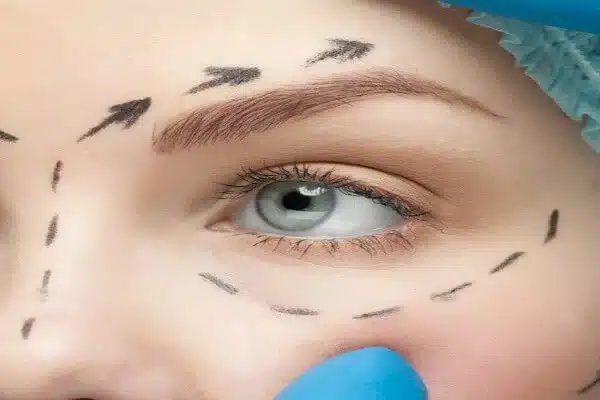
Inflammation and swelling of the eye due to a blocked tear duct
Have you noticed the connection between the eye and the nose when someone cries? This is because excess eye tears are drained into tear ducts that connect the corner of the eye and the nose. Blocked tear ducts or blocked tear ducts is a common eye problem in children and adults, as these ducts are blocked, which prevents the drainage of excess fluid, and the condition becomes more dangerous when the tear fluid accumulates inside the tear duct, and in the end, the duct is irritated and infected and tears the eye constantly.
The doctor knows that the child suffers from a blocked tear duct if the child suffers from profuse eye tears (without crying) that are not accompanied by eye irritation or redness, and there are secretions or yellow fluid that accompany the tears around the eye. Sometimes eye inflammation or redness in the eye may be a sign of a blocked tear duct when the blockage causes an infection around the eye. The problem usually appears in newborns in the first three months of life due to a congenital defect or incomplete growth, and it appears in adults for several reasons.
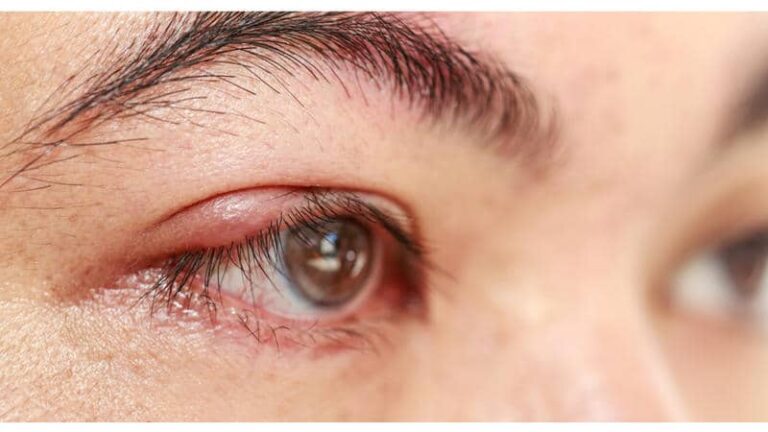
Causes of blocked tear ducts in adults
- The main cause of blocked tear ducts or tear ducts in adults is an infection in the eyes, in the tear duct system, or in the nasal passages.
- An injury or trauma to the eye (such as a blow to the head) can also block the eye airway.
Dirt or foreign particles that enter the eye. - The fractured bone of the nose also affects the tear duct.
- Adenoids.
- Tumors, even non-cancerous.
- conjunctivitis
- Long-term use of medicated eye drops (for example to treat glaucoma) may contribute to blocked tear ducts
If you suffer from a chronic eye infection, you may face repeated attacks of blocked tear ducts, and the risk of infection also increases with age, and with neglect of contact lens sterilization.
Diagnosis of tear duct obstruction at Batal Specialist Complex begins with a thorough eye examination. The doctor puts drops in the eye, and if a person cannot taste the liquid, this means that it has not reached the throat. Then the doctor will order an MRI or CT scan of the tear duct system to find out the cause of the blockage.
After a close examination to determine whether a person does indeed have a blocked tear duct, a doctor may recommend a simple home remedy such as a warm compress on the eye or a gentle massage of the area between the eyes and the nose several times a day for two months. These home remedies help drain tears and open the blocked part of the tear duct, eliminating the need for surgery in some cases.
And surgical intervention may be the solution in other cases when the tear duct becomes infected. We recommend performing the occlusive tear duct operation for children from the age of 9 months to a year and a half because the delay affects the results of the operation. Usually, we perform tear duct clearance surgery for children under general anesthesia, and sometimes the operation is performed under local anesthesia only.
The doctor makes a surgical incision between the nose and the eye to clear the blockage of the tear duct, or he may make a new opening through the nasal bone in the event of complete obstruction. The doctor may only clear the canal by means of a medical endoscope, or he may put a plastic stent that helps keep the channel open and the tube is removed after 6 months of the operation.
It is always recommended to perform the operation at a highly qualified doctor to avoid complications of the operation, which may include bleeding or fever. In the event of any complications, you should consult a doctor immediately.In the event that you suffer from eye swelling or eye inflammation and the treatment or antibiotics did not improve the condition, you can book a consultation or examination appointment at Batal Eye Specialist Complex to find out the exact cause and rule out other causes.
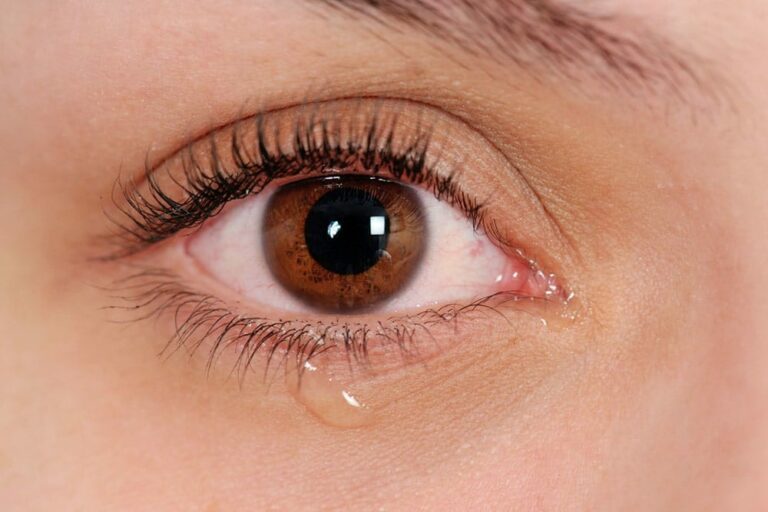

Senior Consultant, Pediatric Surgery and Eye Surgery Fellow of the British Royal Surgical College Fellow of the American Academy of Ophthalmology
Specialization: Strabismus and pediatric eye surgery
Degree: Member of the British Royal College of Surgeons and Member of the American Academy of Ophthalmology
Batal Eye Center
Call us 8001111897
Contact us via Email: info@bataleyecenter.com
Address: 8125 Prince Sultan road, Murjana tower Jeddah, Saudi Arabia
